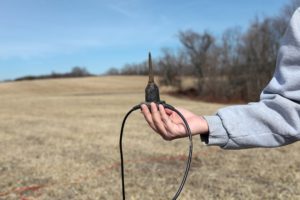All Categories
Featured
Table of Contents
Geophysical Surveying - Methods And Applications in Bateman WA 2023

They also research study changes in its resources to offer assistance in conference human needs, such as for water, and to forecast geological risks and threats. Geoscientists utilize a variety of tools in their work. In the field, they might utilize a hammer and chisel to gather rock samples or ground-penetrating radar devices to search for minerals.
They also may use remote noticing equipment to gather data, as well as geographic information systems (GIS) and modeling software to evaluate the data collected. Geoscientists may supervise the work of professionals and coordinate work with other scientists, both in the field and in the laboratory. As geological difficulties increase, geoscientists might opt to work as generalists - Frequently Asked Questions in Como Australia 2023.
The following are examples of kinds of geoscientists: geologists study how consequences of human activity, such as pollution and waste management, impact the quality of the Earth's air, soil, and water. They also may work to solve problems connected with natural dangers, such as flooding and disintegration. study the materials, procedures, and history of the Earth.
Geophysics in Alexander Heights Aus 2022
There are subgroups of geologists also, such as stratigraphers, who study stratified rock, and mineralogists, who study the structure and composition of minerals. study the movement and blood circulation of ocean waters; the physical and chemical homes of the oceans; and the methods these homes affect seaside locations, climate, and weather condition.
Latest Posts
Course: Basics In Geophysical Surveying in Langford WA 2022
Geophysicist Careers in Munster Aus 2021
Airborne Geophysical Surveys in Caversham WA 2020